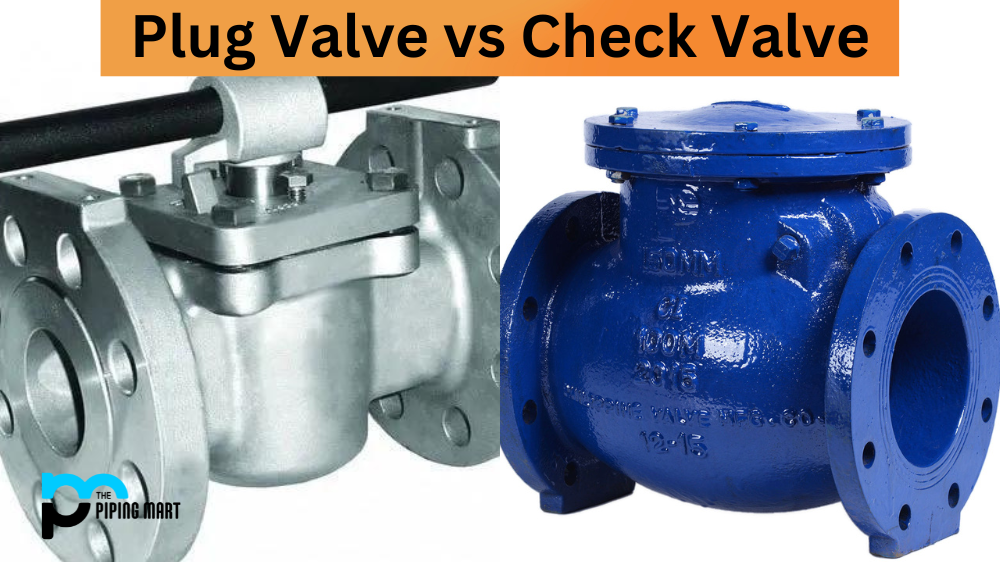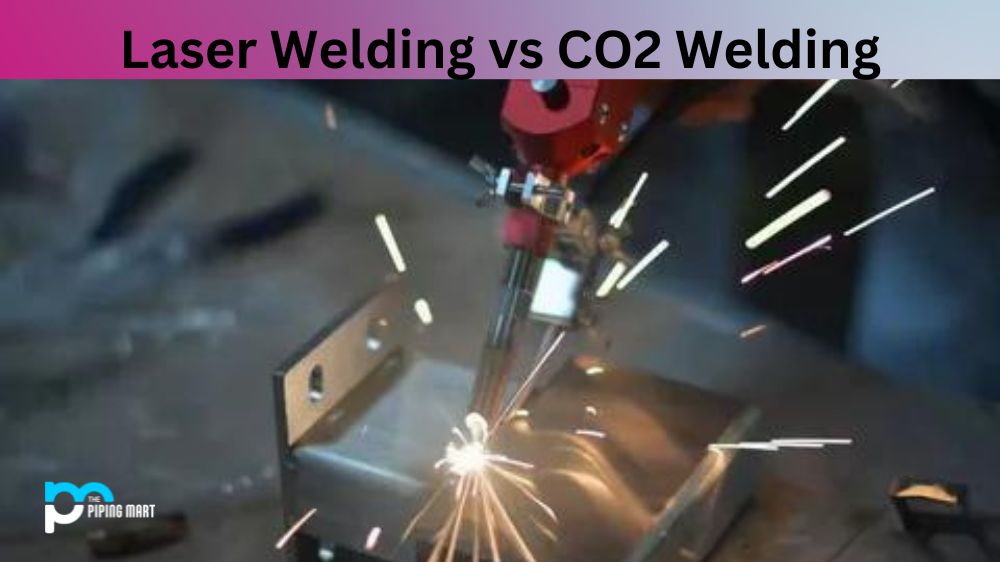Valves are an integral part of any pipeline system. They control the flow of liquids and gases, allowing the system to function smoothly. Two popular valve types are plug valves and check valves. While both these valves fulfil the same broad function, they have different features and are suitable for other applications. This article will delve into the differences between plug and check valves to help you understand their suitability for different situations.
What is Plug Valve?
A plug valve is a mechanical device that regulates fluid flow in a pipeline system. It consists of a tapered or cylindrical plug rotating within a chamber. The plug contains one or more through holes that allow fluid flow. The valve can be operated using a hand wheel or automated using an actuator. Plug valves are usually used for high-pressure and high-temperature service applications as they can handle various materials, from gases and liquids to slurries and powders. They are also suitable for low-maintenance and dirty service applications.
What is Check Valve?
A check valve is a one-way valve that allows fluid flow in one direction while preventing the flow in the backward direction. It consists of a body, a ball, and a spring. The ball is lifted and passes through when the fluid flows in the correct order. When the flow stops, the ball falls back into its position and closes the valve, preventing the backflow. Check valves are used to protect pumps and compressors from damage caused by the backflow of the fluid. They are ideal for low-pressure applications and unsuitable for high-viscosity materials.
Difference Between Plug Valve and Check Valve
While both valves control fluid flow in a pipeline system, they have different features and are used for other applications. Plug valves offer a high level of control as they can regulate fluid flow in both directions. They efficiently handle various materials, including gases, liquids, and powders. Check valves only allow the flow of fluids in one direction and offer little control over the flow. They are ideal for low-pressure applications and primarily for their non-reverse functionality.
Another difference between the two types of valves is their maintenance requirements. Plug valves require little maintenance and long lifespans, making them ideal for continuous service applications. On the other hand, check valves are prone to wear and require regular maintenance to prevent failure and ensure their continued functionality.
- A plug valve is a type of valve that uses a plug to stop or start the flow of liquid or gas through a pipe.
- A check valve is a type of valve that allows liquid or gas to flow through it in only one direction.
- Plug valves are available in various materials, including brass, bronze, cast iron, and stainless steel.
- Check valves are also available in various materials, including brass, bronze, cast iron, and stainless steel.
- Plug valves are typically used in applications where it is essential to control the flow of liquid or gas.
- Check valves are typically used in applications where allowing liquid or gas to flow in only one direction is essential.
- Some typical applications for plug valves include controlling water flow in a pipeline, oil flow in a channel, and airflow in an air compressor.
- Some typical applications for check valves include preventing backflow in a pipeline, preventing backflow in a pump, and preventing backflow in an air compressor.
Conclusion
In summary, plug and check valves offer different features and suit various applications. Plug valves are ideal for high-pressure and high-temperature service applications, while check valves are suitable for low-pressure applications that require non-reverse functionality. Both valves are essential components of any pipeline system and should be chosen based on their specification requirements. We hope this article has helped you understand the differences between plug and check valves, allowing you to make an informed decision when choosing either of these valves for your pipeline system.




